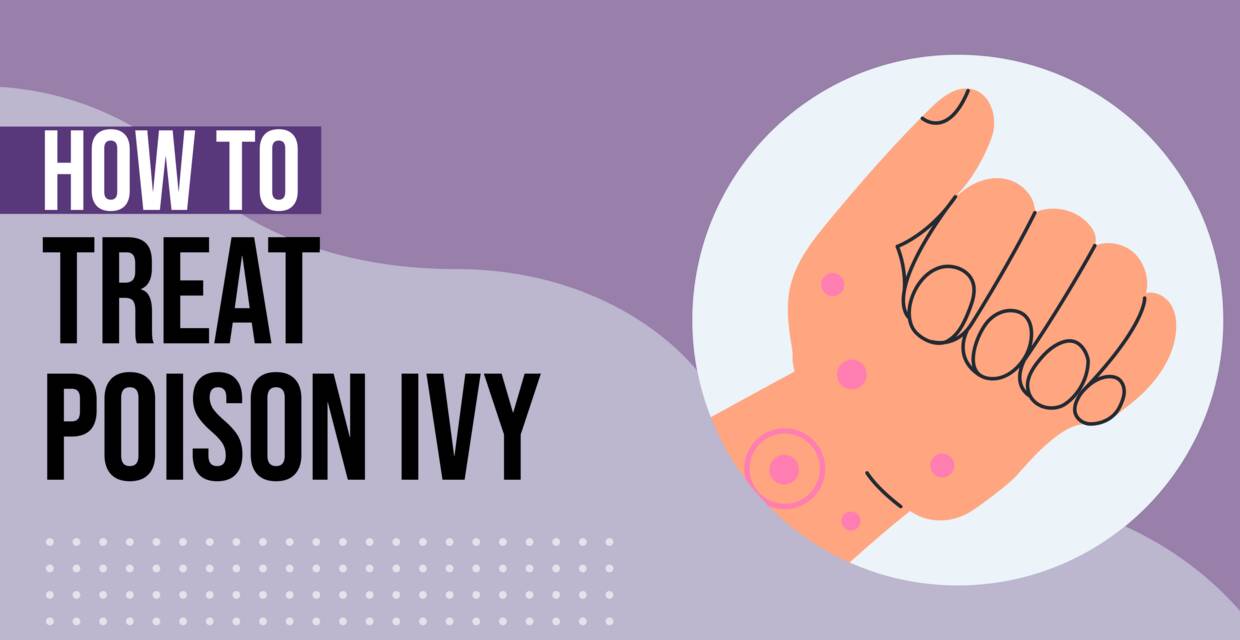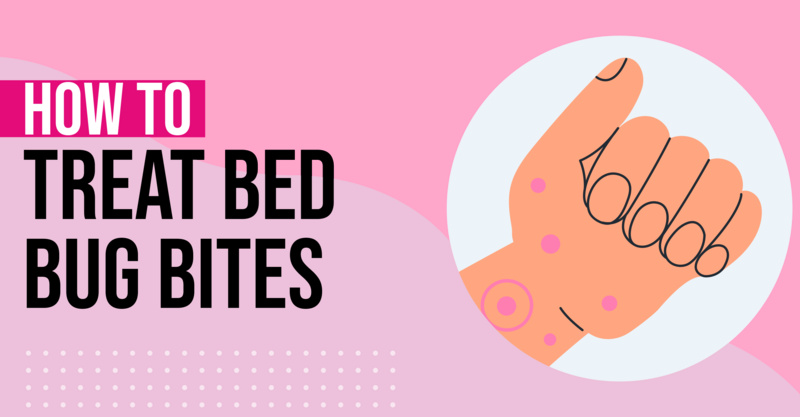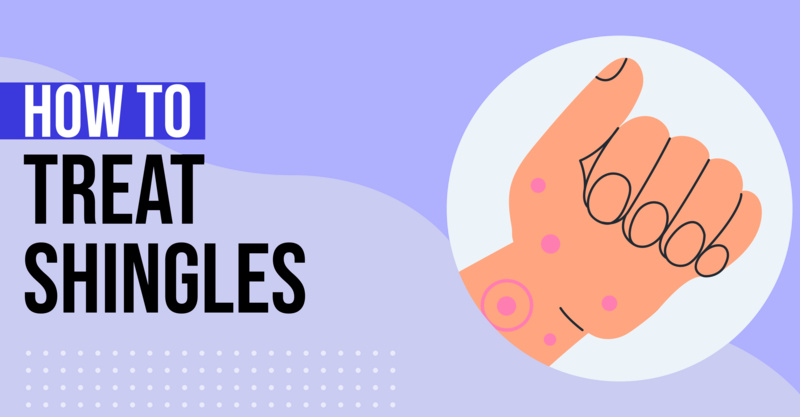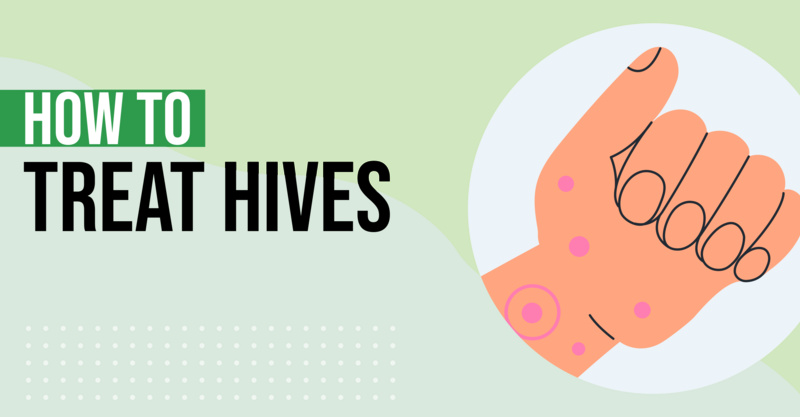Key Points
- Poison ivy is a common skin rash that causes discomfort and irritation, often contracted outdoors or in wooded areas.
- Symptoms of poison ivy include an itchy skin rash, redness, swelling, small bumps, or blisters.
- Home remedies for poison ivy include cold compresses, oatmeal baths, over-the-counter antihistamines, anti-itch products, and keeping the rash clean and avoiding scratching.
- Prevention methods are recognizing poison ivy, wearing protective clothing outdoors, cleaning gardening tools, and bathing pets after hikes.
- While most poison ivy cases heal within 1 to 3 weeks, severe cases or those with signs of infection should seek urgent care, and persistent symptoms should prompt a doctor's visit.
Poison ivy is a skin rash that can be picked up if you are spending time outside (especially in wooded areas). Poison ivy can be uncomfortable and irritating, but there are several things you can do at home to help alleviate your discomfort and promote a quick recovery.
Identifying a Poison Ivy Rash
If you have been exposed to poison ivy, you may experience a range of symptoms that can cause discomfort and irritation. The most common symptom that you will experience after coming into contact with poison ivy is an itchy skin rash, according to the Mayo Clinic. They note that the rash can appear anywhere on your body and may be accompanied by redness, swelling, small bumps, or blisters
Home Remedies for Poison Ivy
If you have come into contact with poison ivy, you may experience an itchy rash that can last for several days, and may be delayed in onset. Luckily, there are several home remedies that you can use to help relieve the symptoms of poison ivy. Here’s what to do, according to the Cleveland Clinic:
1. Use Cold Compresses
The Cleveland Clinic recommends that you do this three to four times a day. They note that you can cover the affected area with a damp towel but don’t get it too wet—the goal is to help your skin to feel cool, but not turn soft and whitish, they note.
2. Take an Oatmeal Bath
Oatmeal baths are good home remedies for poison ivy itch, as they can relieve skin irritation, according to the Cleveland Clinic.
3. Take an Over-the-counter Antihistamine
There are several over-the-counter products that you can use to help relieve the symptoms of poison ivy. Benadryl (diphenhydramine) or Zyrtec (cetirizine) may help reduce itching and inflammation, according to the Cleveland Clinic. They note that you should be sure to follow the instructions on the label and avoid using these products on broken skin.
4. Use Anti-Itch Products
Hydrocortisone creams, gels, or ointments to soothe the need to scratch. The Cleveland Clinic notes that you should not use these for more than two weeks, and consult a doctor before using them around your eyes or using them on children. Calamine lotion and lotions containing menthol can also help with itching, according to the Cleveland Clinic.
5. Protect your skin
You should keep your rash clean to prevent infection, according to the Cleveland Clinic. If your rash becomes blistered or starts weeping, they recommend that you wear long sleeves or a light bandage.
6. Don’t Touch Your Rash
Itching and picking at your rash can introduce bacteria which may lead to an infection, according to the Cleveland Clinic. They recommend that you clip your nails short and wear long sleeves to lessen the likelihood of scratching.
When to See a Doctor For Poison Ivy
Most poison ivy rashes can be treated at home with over-the-counter remedies and self-care measures, according to the Cleveland Clinic. However, there are certain situations in which they recommend that you should seek urgent care. Those situations include:
- If you inhaled smoke from burning poison ivy and are having trouble breathing
- Your reaction is severe or widespread
- Your skin swells to an uncomfortable state
- The rash affects your eyes, mouth, or genitals
- You have blisters that are oozing pus
- You develop a fever greater than 100F
- Your rash doesn’t get better within a few weeks
Another reason to get checked out, according to the Cleveland Clinic, is if you develop signs of infection. This can cause symptoms such as pus or red streaks around the area of the rash. Infections can occur if bacteria get into your body after scratching your rash, and can become serious. Some infections may require antibiotics or other medical treatment, so it is best to have an urgent care provider evaluate you.
Preventing Poison Ivy Exposure
Poison ivy can be found in every state in the United States, except Hawaii and Alaska. It grows as a small shrub or vine, with leaves in groups of three. The FDA notes that it may grow along the ground or climb low plants, trees, or poles. Knowing what poison ivy looks like and where you might find it is the first step in preventing accidental exposure.
The CDC notes the following tips to help protect yourself while you’re out in nature:
- When outside, wear long sleeves, long pants, boots, and gloves if you’ll be touching any foliage
- Clean gardening tools with rubbing alcohol and water if you think they may have touched poison ivy
- Don’t burn plants or brush piles that may contain poison ivy
- Pets can pick up the oils that cause the symptoms while on hikes—bath them accordingly
Key Facts To Remember About Poison Ivy
Most cases of poison ivy heal on their own within 1 to 3 weeks. However, the symptoms can be bothersome during that time. To get some relief, remember the following tips from the Cleveland Clinic:
- Cold compresses
- Oatmeal or baking soda baths
- Anti-itch creams like calamine lotion
- Antihistamine medication such as Benadryl
If you are experiencing severe symptoms, or you start showing signs of infection, or your skin rash has lasted longer than 3 weeks, the Cleveland Clinic recommends that you get checked out by a doctor. Going to urgent care is a great choice because they are equipped to assess, diagnose, and treat many non-life-threatening conditions, including skin rashes.
Frequently asked questions
What are the symptoms of poison ivy?
Symptoms include an itchy skin rash, redness, swelling, small bumps, or blisters.
How can I treat poison ivy at home?
You can use cold compresses, take oatmeal baths, use over-the-counter antihistamines, apply anti-itch products, and keep the rash clean and avoid scratching.
What should I do if my poison ivy symptoms get severe or show signs of infection?
In severe cases or if signs of infection occur, you should seek urgent care immediately.
How can I prevent getting poison ivy?
Prevention methods include recognizing what poison ivy looks like, wearing protective clothing when outdoors, cleaning your gardening tools, and bathing your pets after they have been on hikes.
How long does it usually take for poison ivy to heal?
Most cases of poison ivy heal within 1 to 3 weeks.
When should I see a doctor for poison ivy?
If your symptoms persist for longer than 3 weeks, you should visit a doctor.
Can over-the-counter antihistamines help with poison ivy?
Yes, over-the-counter antihistamines can help alleviate the symptoms of poison ivy.
Can my pet get poison ivy?
Pets can carry the oil from poison ivy on their fur, which can cause a rash if it comes into contact with your skin. It's important to bathe your pet after they've been in areas where poison ivy might be present.
Solv has strict sourcing guidelines and relies on peer-reviewed studies, academic research institutions, and medical associations. We avoid using tertiary references.


 LinkedIn
LinkedIn










